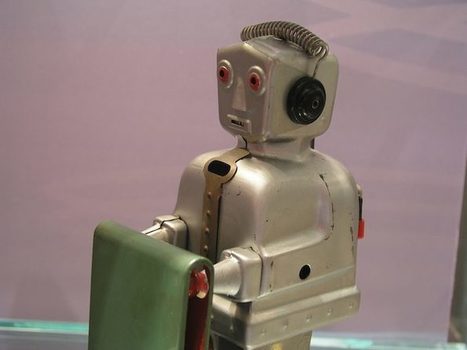On average, when an AP sportswriter covers a game, she produces eight different versions of the same story. Aside from writing the main print story, they have to write story summaries, separate ledes for both teams, convert the story to broadcast format, and more.
“It’s a manual labor nightmare,” Jim Kennedy, the AP’s senior vice president for strategy and enterprise development, told me in his New York office. Collectively, AP journalists spend about 800 hours a week converting print stories to broadcast format.
As a result, the AP is experimenting with machine learning in an attempt to automate some of those processes. The news agency wants to free up capacity for journalists while also increasing its output as it looks to provide new types of coverage to its clients to try and grow its business.
By 2020, the AP, Kennedy said, would like to automate 80 percent of its content production, though he admits that specific goal is “more aspirational than real.”...



 Your new post is loading...
Your new post is loading...









The experiment is part of a larger effort by the news agency to incorporate automation into its journalism.